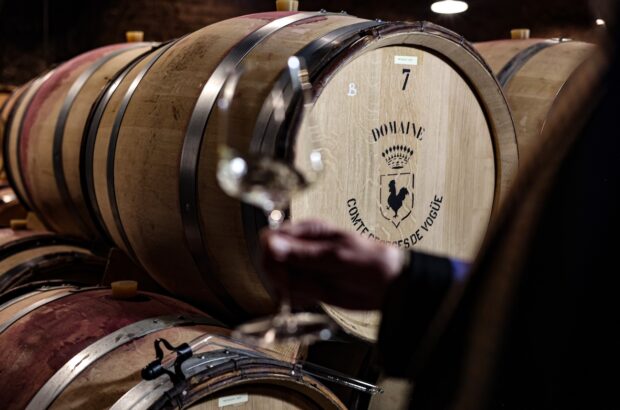The St Emilion classification has finally been signed off by the French government.
The legal notification of the classification, which has been in limbo since it was sent to the French Ministry of Agriculture in January 2011, was published in the Journal Officiel on June 16.
This means that despite continuing internal wrangling, the classification is indeed going ahead.
INAO, the French government appellations body, will now distribute application forms to estates that wish to be considered for inclusion.
All chateaux – including those aspiring to the very top ranks, Grand Cru, Grand Cru Classe, and Premier Grand Cru Classé – will be tasted blind.
Wines will be assessed on taste, their terroir, where they sit in the market, and their existing reputation.
‘I expect there are still some people who will disagree with the results,’ Saint Emilion president Jean-Francois Quenin told Decanter.com.
‘But INAO has made the process clear, thorough and independent, and all chateaux are fully aware of what is involved before signing up.’
As expected, the principle of classifying the terroir rather than the estate has been relaxed slightly to bring the system closer to that of the Médoc, where classified growths are free to buy more land and in include it in their current brand.
In Saint Emilion, there will be some flexibility, but it will still be tougher than on the Left Bank, requiring that similar quality and style of terroir be demonstrated.
Written by Jane Anson







